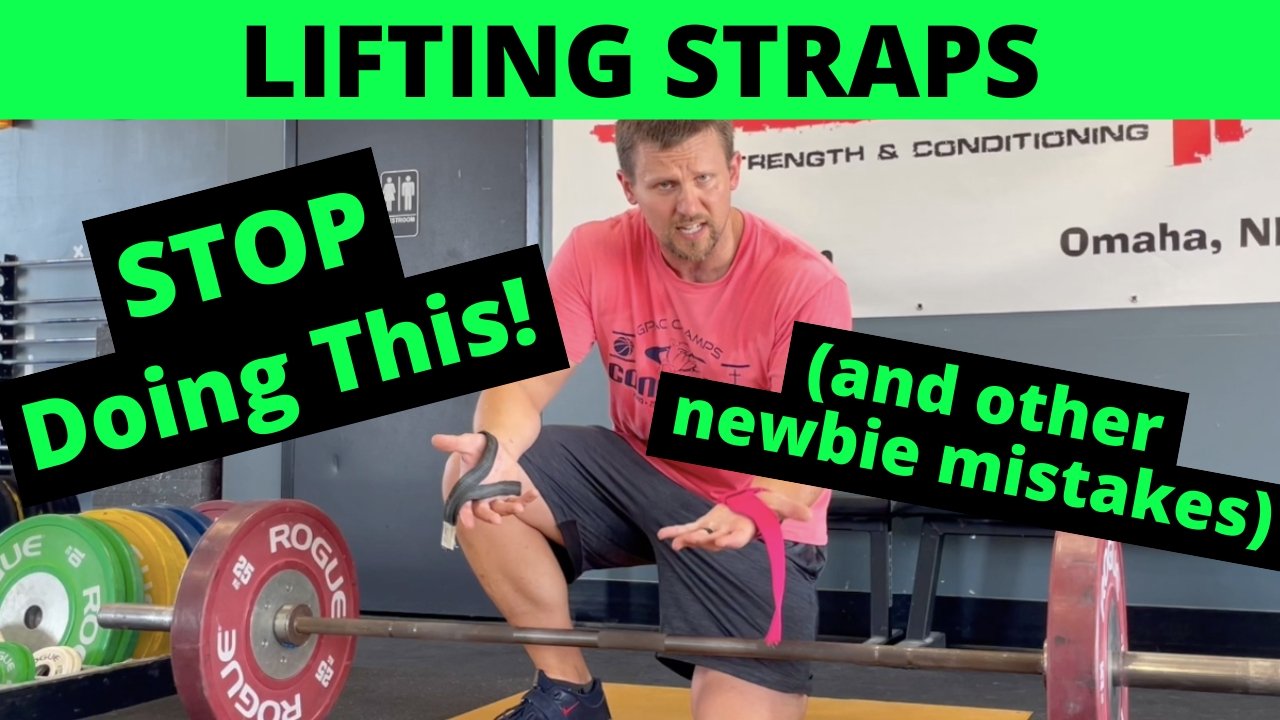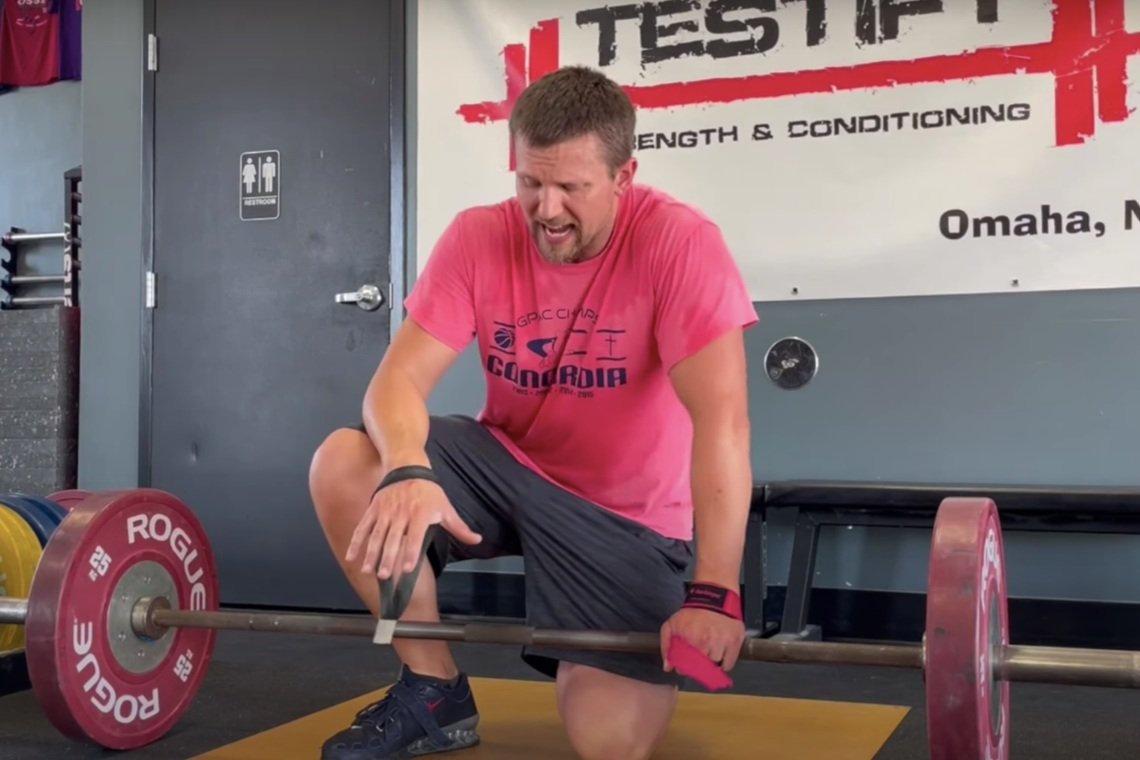How to EASILY Move Stall Mats! | Gym Equipment
/The classic ¾-inch-thick, 4 ft x 6 ft horse stall mat is very useful for gyms - whether a commercial gym or a home gym. We’ve used many, many mats in the construction of our lifting platforms, and you can also simply use them as gym flooring.
However, they are a pain to move. A real big pain in the butt in fact, so whether you’ve got a partner to help you or you’re moving mats on your own, let’s solve this problem.
Note: While I’ve provided photos to help, all of these solutions are far more easily understood in action in the included videos.
Figure 1: Two People - hanging the mat over a board (top) and rolling up the mat (bottom)
TWO PEOPLE
If you’ve got two people, there are a couple of solutions (Figure 1), and we’ll cover a third option in the “reverse taco” section later in this article.
Solution 1
One option is to lay a board (or pole) on the floor. Next, lay the mat on top of the board. Finally, pick up both ends of the board and rest them on one shoulder of each person.
Solution 2
A second option is to simply roll the mat up and have each person grab one end.
Figure 2: Don’t use either of these methods. they’re dumb.
ONE PERSON (Reverse Taco Method)
Having two people is nice, but there is a very easy way to drag a stall mat when you’re on your own. Now, don’t try to drag it like the fool in Figure 2 - you’ll have to pinch the mat extremely hard between your fingers, it will be very difficult to keep that grip, and half the time, the mat will simply slip out of your hands.
Instead, do the following as described in the three steps below and as demonstrated in Figure 3.
figure 3
Step 1
Pick the mat up from the edges.
Step 2
Flip the mat so the mat creates a “hill.” The edges of the mat will now be wedged into your hands, which means that you don’t have to hang on very tightly at all.
Step 3
Drag the mat. You’ll be surprised at how easily you can hang onto the mat utilizing this method.
Figure 4: 2-person reverse taco method
This method can also be utilized by two people (Figure 4), and as mentioned earlier, this is far more easily demonstrated and understood on video than with the printed word and photos, so I’d recommend watching one of the included videos.
As always, we hope this helps you get stronger and live better.
(Some links may be affiliate links. As an Amazon Associate, Testify earns from qualifying purchases.)













